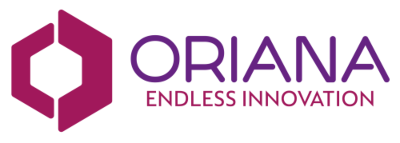Every company faces a critical moment when its legacy system—once essential—becomes more of a burden than an asset. These aging systems, while still functional, struggle to keep up with today’s fast-paced business needs. Rapid technological changes, increasing customer expectations, and growing competition all make it clear: legacy system modernization is no longer optional. Yet replacing a legacy system is fraught with challenges, risks, and costs. Does this sound familiar?
Legacy systems are deeply intertwined with daily operations, and a full replacement can be disruptive and expensive. At the same time, maintaining an outdated system holds back your organization’s growth and adaptability. The dilemma is real: clinging to what’s familiar or embracing the unknown of new technology. So how can you approach this situation thoughtfully and strategically?
Why is legacy system modernization so difficult?
Integration Challenges: Legacy systems are often so ingrained that replacing them could lead to disruptions. For example, a 15-year-old ERP system may touch every department, and its replacement could lead to downtime, training requirements, and operational setbacks.
Costs and Time: Replacing a legacy system often involves a significant investment. Large corporations might spend millions replacing a CRM or ERP system, with a migration process that can take months and impact day-to-day operations.
Uncertainty About the Future: Companies worry about whether a new system will truly meet future demands. They also fear that employees will resist the change, leading to productivity losses or dissatisfaction.
How should you approach legacy system modernization?
Comprehensive Assessment: Start by analyzing where your legacy system falls short. For example, if your old logistics system is slowing down delivery times or the user experience is cumbersome, those are areas to target for improvement.
Partial Replacements and Enhancements: Instead of replacing the entire system at once, consider adding solutions that enhance its functionality. Modern platforms like Oriana FLOWRA can integrate seamlessly with legacy systems, bringing new capabilities while minimizing disruption. For example, a company might keep its old CRM but integrate a new customer communication platform without migrating all data immediately.
Training and Change Management: Ensure that employees are prepared for the new system by providing adequate training and support. Engaging them early in the process can reduce resistance and increase adoption.
Why Oriana FLOWRA is the best solution for legacy system modernization?
Oriana FLOWRA is specifically designed to modernize legacy systems by either replacing or complementing them. Whether it’s data-driven decision-making or process automation, FLOWRA integrates smoothly into existing infrastructures, allowing businesses to evolve without risking their daily operations. Its flexible platform ensures that new technology is adopted with minimal disruption, while providing fast, measurable results that justify the investment.
Final Thoughts:
Legacy system replacement doesn’t have to be daunting. With Oriana FLOWRA, businesses can gradually introduce modern solutions while keeping their core systems intact. Don’t let outdated technology hold your business back—start your transformation today and build a future-proof infrastructure.




